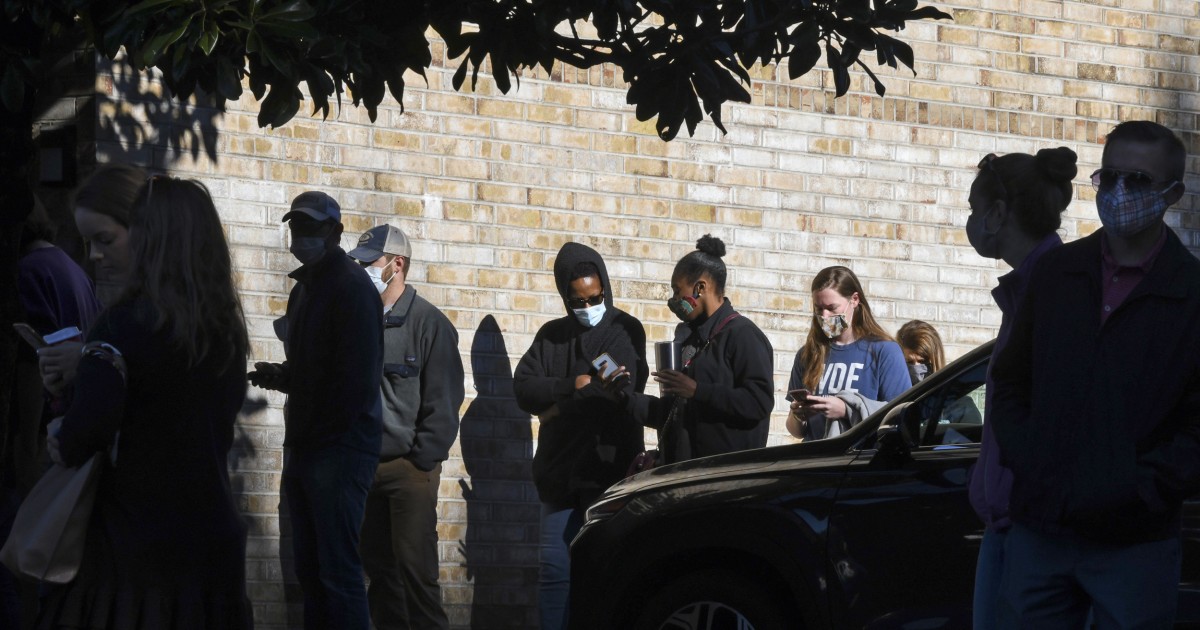Key takeaways:
- The new map would increase the percentage of Black voters from about 31% to 40% in the state’s 2nd District.
- Civil rights groups have argued that the new map does not go far enough to ensure that minority voters have an equal voice in elections.
- The new map could have an impact on the 2022 congressional elections, as the new boundaries could shift the balance of power in the state.
Alabama lawmakers on Friday refused to create a second majority-Black congressional district, despite a recent order from the U.S. Supreme Court to give minority voters a greater voice in elections. The GOP-controlled Legislature had called a special session to redraw an earlier map, but instead passed a new map with just one majority-Black seat and a second district that is approximately 40% Black.
The map was completed Friday afternoon, hours before the court-ordered deadline for the Legislature to draw up new boundaries, as a compromise between the House and Senate versions. Republicans argued that the proposal complies with a court order to create a district where Black voters make up a majority, or something close to it.
The new map would increase the percentage of Black voters from about 31% to 40% in the state’s 2nd District. However, civil rights groups have argued that the new map does not go far enough to ensure that minority voters have an equal voice in elections.
The Supreme Court had ordered the Legislature to draw up new boundaries by Friday, but the new map could still face legal challenges. The court could decide to reject the new map and order the Legislature to draw up a new one that better reflects the minority population in the state.
The new map could also have an impact on the 2022 congressional elections, as the new boundaries could shift the balance of power in the state. It remains to be seen how the new map will affect the political landscape in Alabama.



Be First to Comment